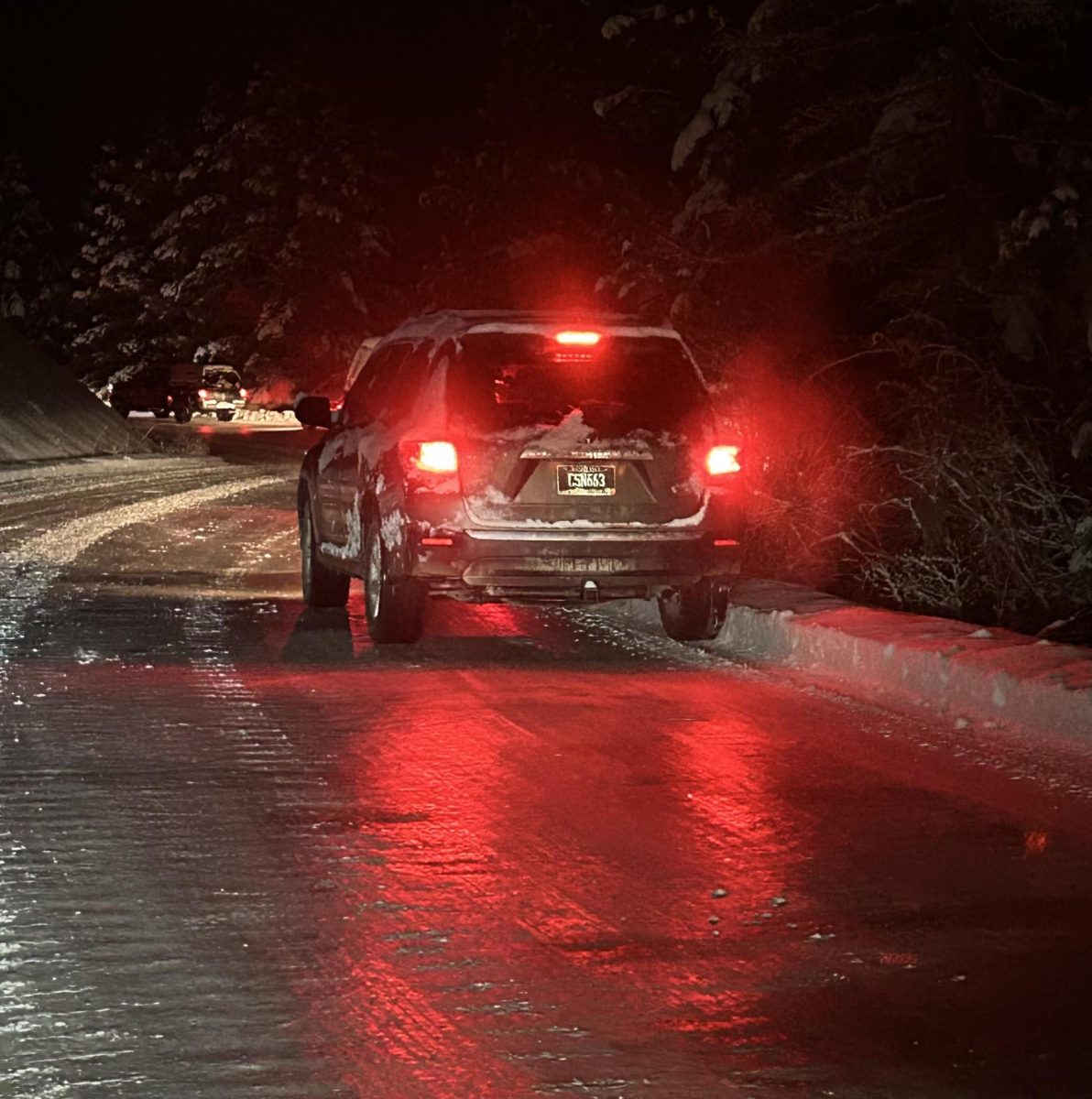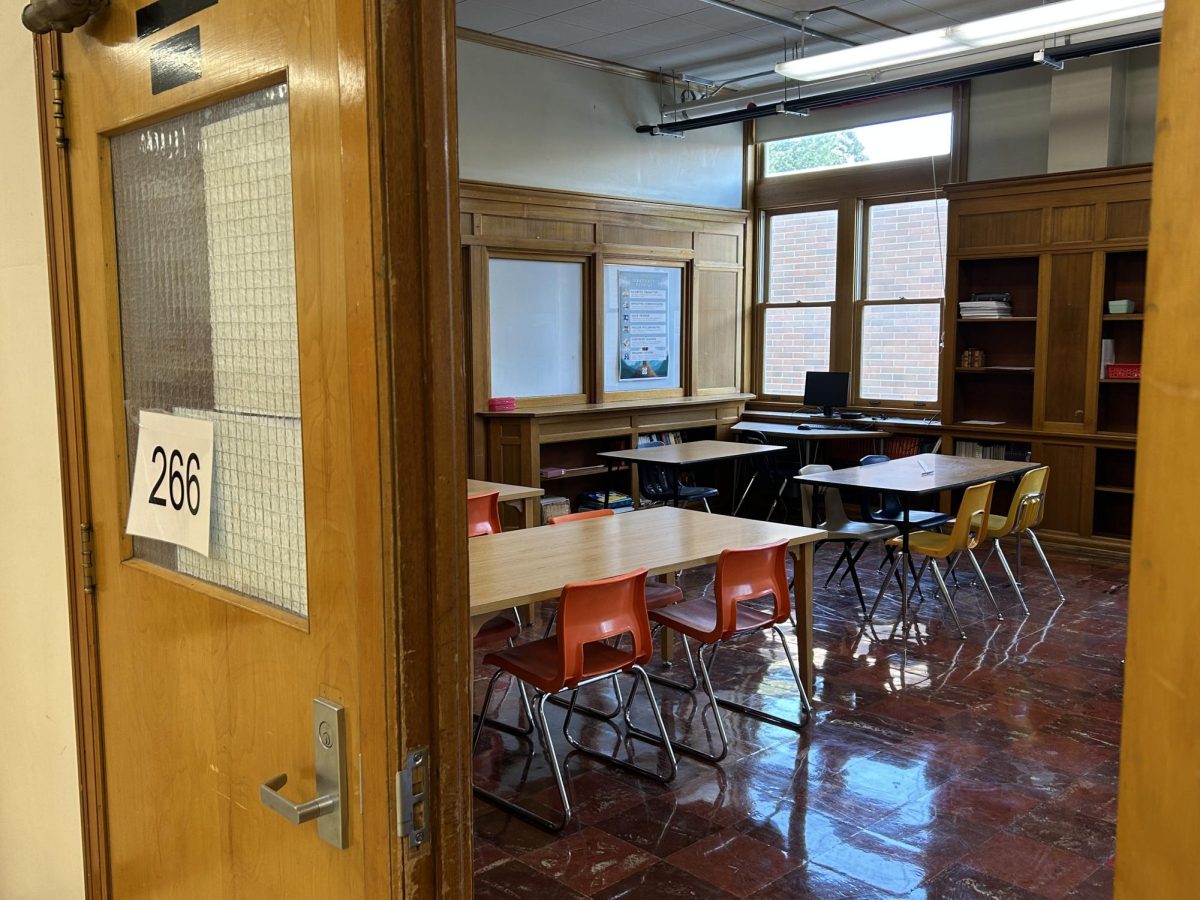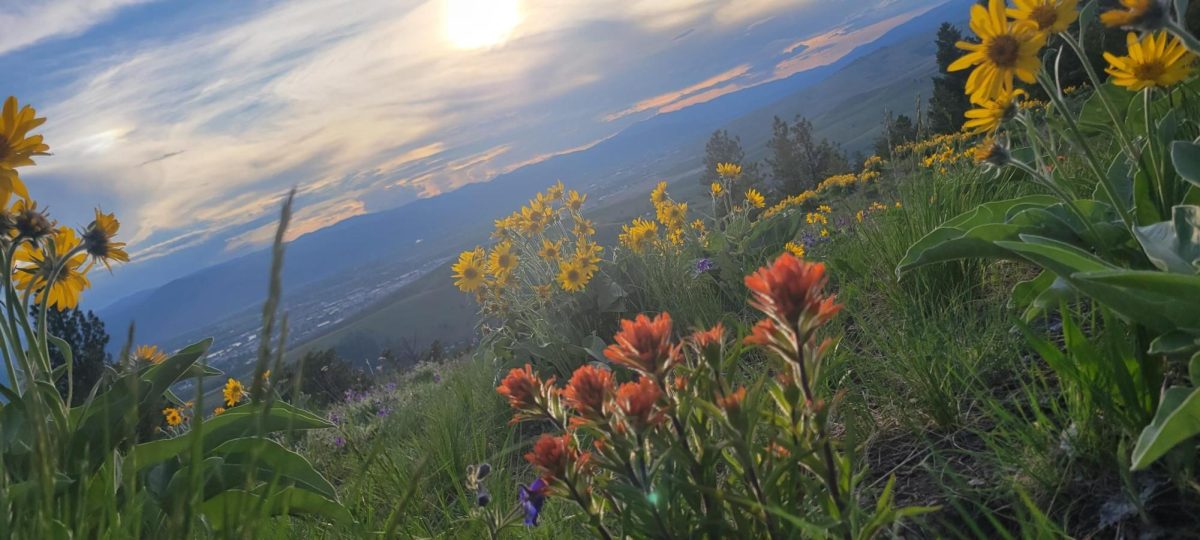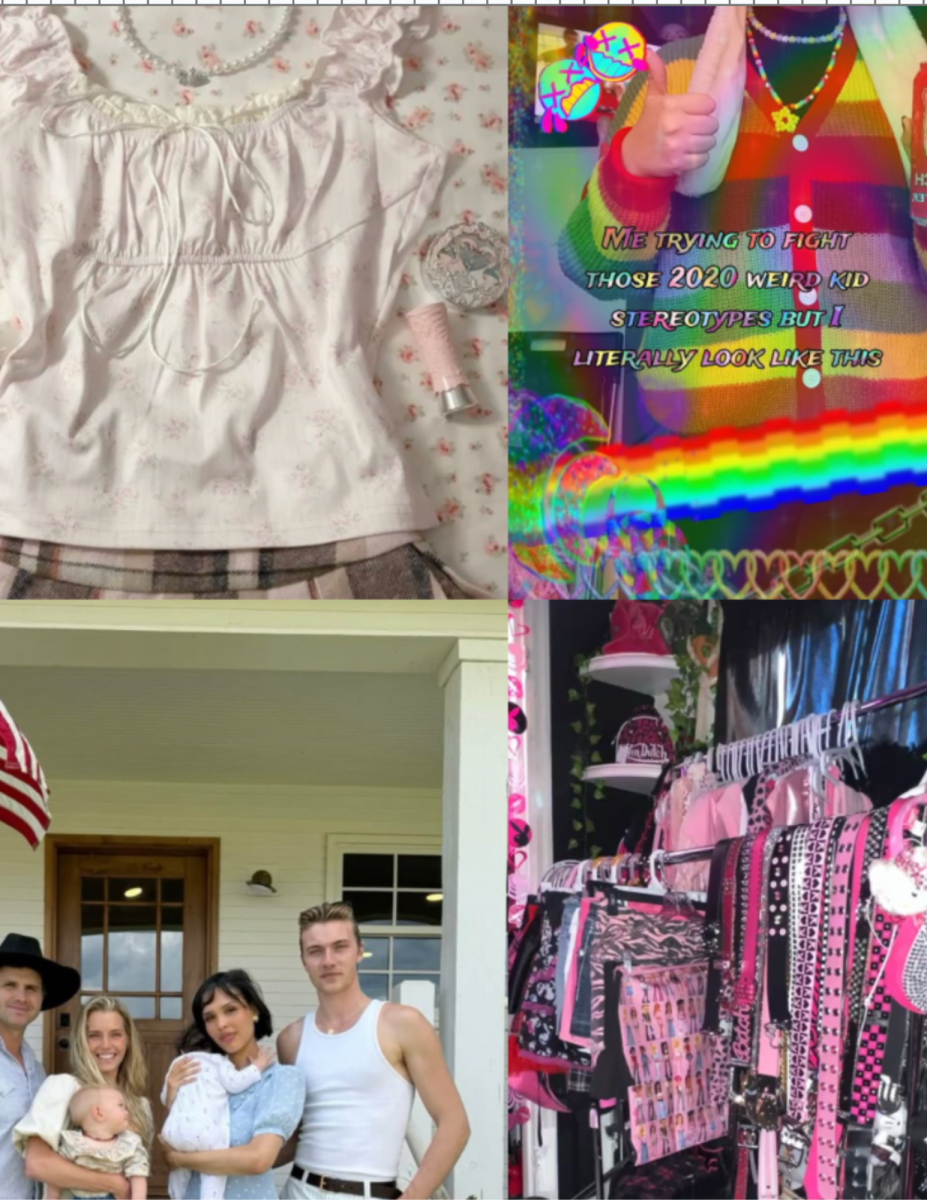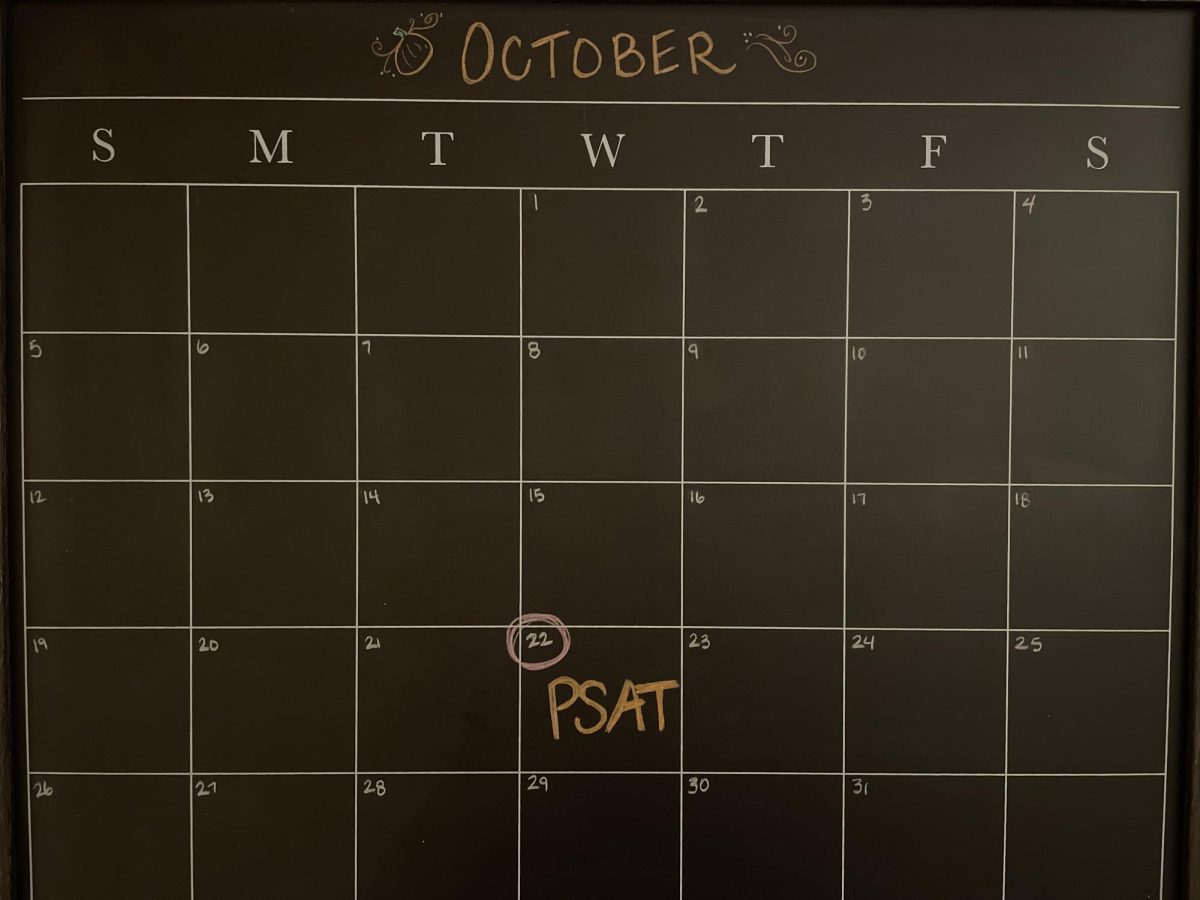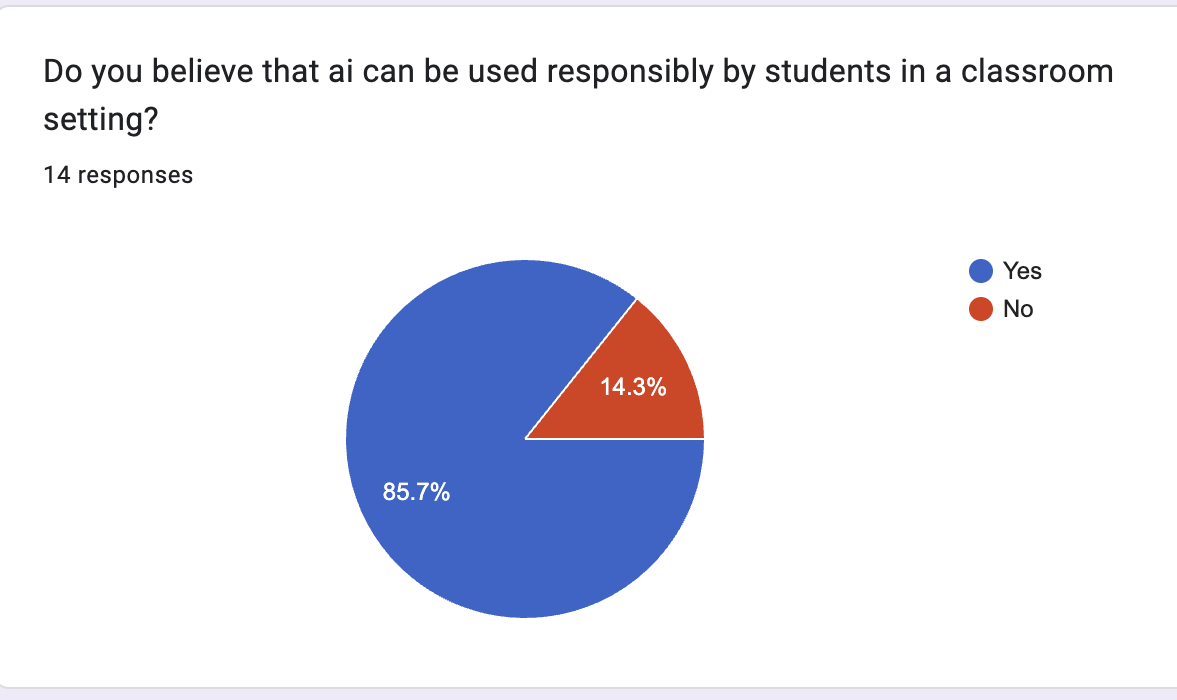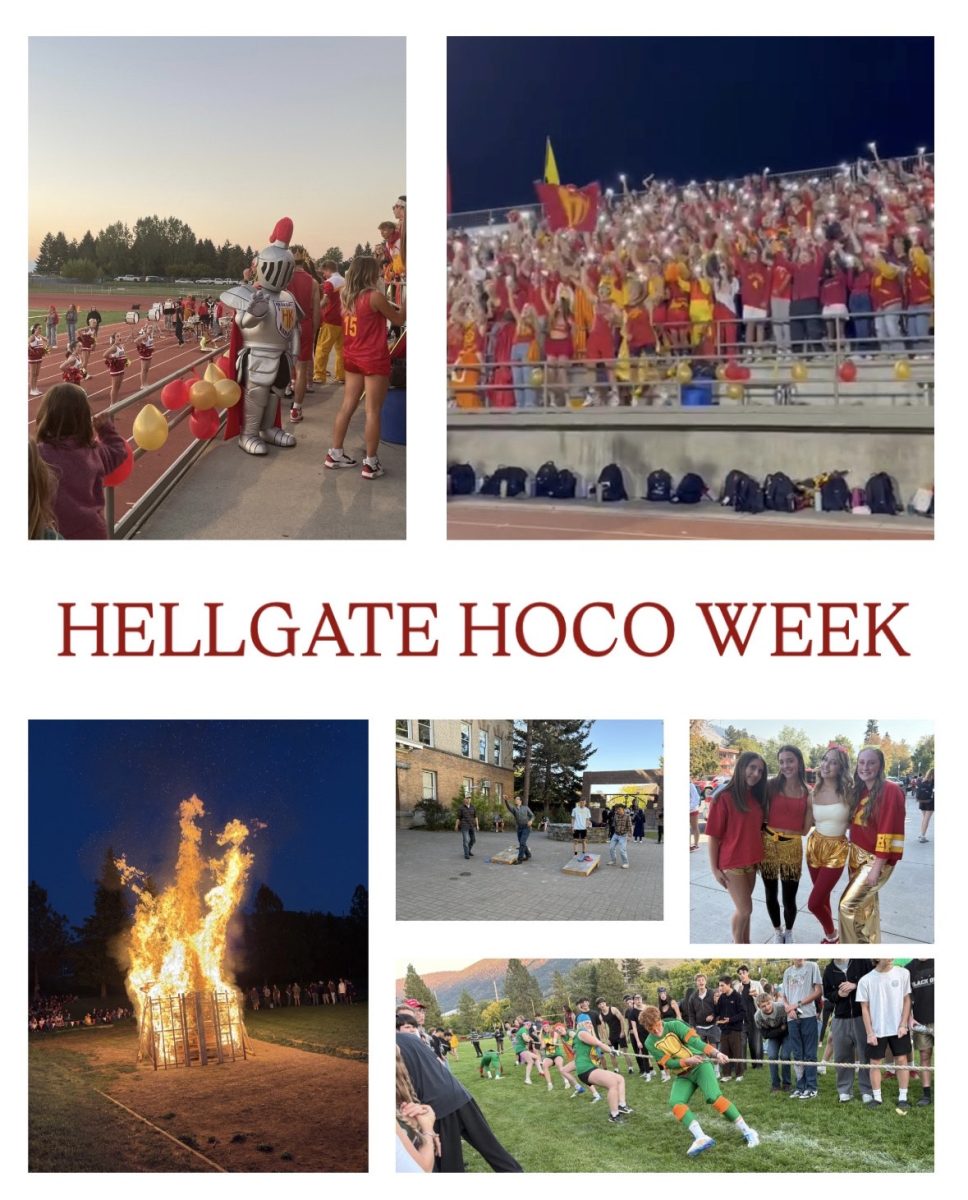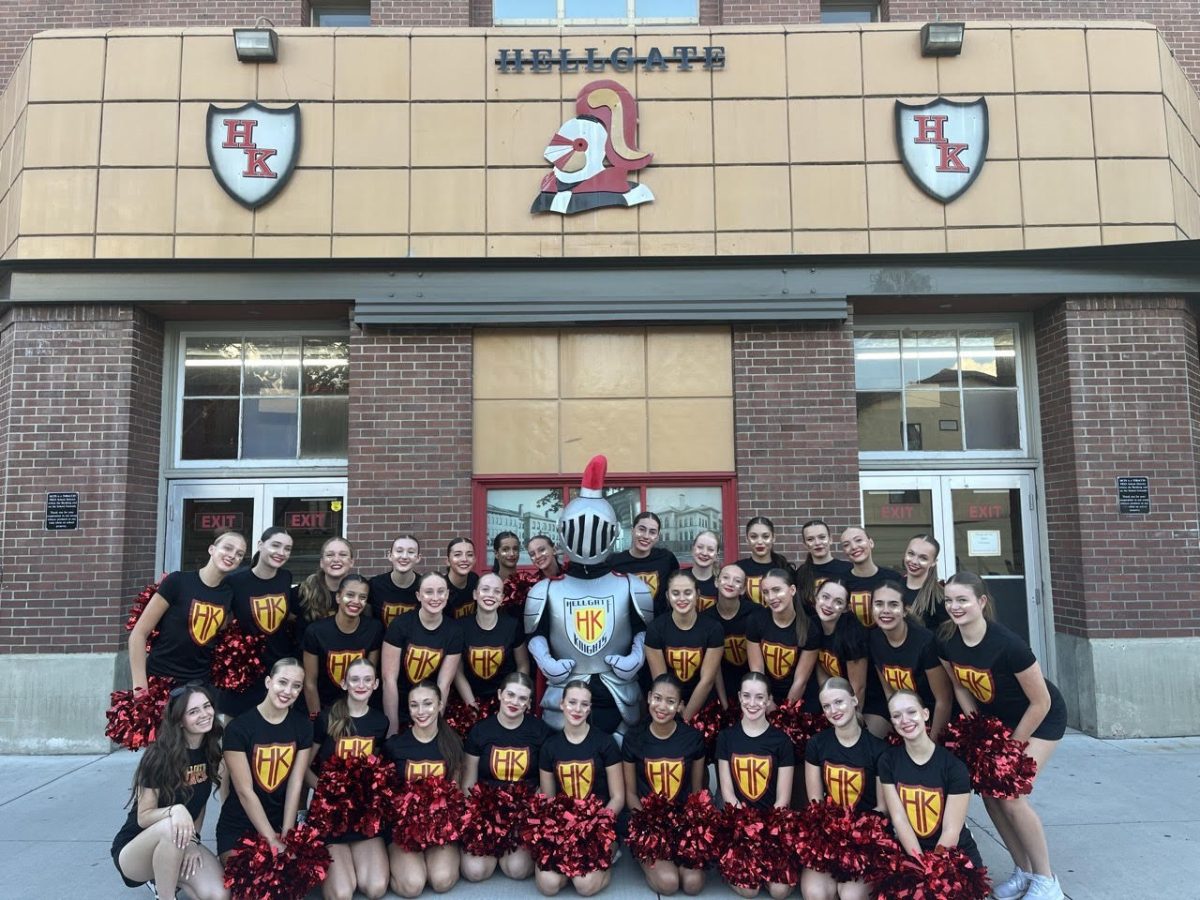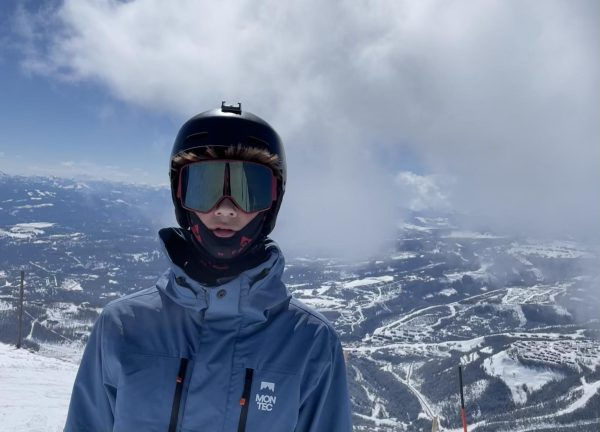“The road is closed. We can’t go down.”
* * *
I want to preface this piece by saying that Snowbowl, the beloved ski resort of Missoula, Montana, receives a lot of hate. And some of this hate is warranted, like in the case of the story I’m about to recount. But I will say a lot of this hate is unfounded. I find it unnecessary when skiers I know toil and labor just to find a shred of ground to stand on from which to throw stones at the very ski resort they frequent on weekends. It seems hypocritical and negative. And I think they, and Missoula as a community, should stop.
But it also seems hypocritical to say all of that and then proceed to give the hypocrites of which I speak a huge, stable platform of ground to stand on and a catapult armed with a pile of boulders with which to throw at Snowbowl. So maybe I’m a hypocrite. But so is Snowbowl! Maybe we’re all hypocrites. Regardless, the following story is a time in which Snowbowl might deserve a teensy-weensy bit of backlash. Hopefully there’s lessons to be learned for all from it. Here we go again.
* * *
After a day of continuous heavy snow, word spread quickly around the base of Montana Snowbowl. While accounts varied, the main congruence was that some sort of accident had occurred and the notorious Snowbowl Road was shut down, stranding hundreds of skiers and snowboarders at the base area. A crowd developed as more and more skiers came down from the mountain.
Confusion and mild panic quickly spread. While there was spotty cell-service and unreliable Wifi at the base area, there was zero service all the way down the road. How would the stranded guests know if the road was clear or not? They’d be forced to put their hopes for communication in the hands of the infamously uncommunicative Snowbowl administration.
Some guests chose to hunker down in the Last Run Inn and Bar for pizza and Bloody Mary’s, while others elected to brave the drive down on the off chance that the road had been opened. This ended up being the wrong choice and these guests were stuck in a winding line of brake lights for hours. Once, a well-known Snowbowl owner sped down the road in a fourwheeler, returning moments later. Still no official news on road status.
The watery January sun set behind TV mountain, casting the base area into darkness except for the warm glow of lights and laughter from the bar. Groups of teens milled around outside, unsure of what to do while their younger siblings and parents ate pizza inside. Uncertainty slowed the clock.
Rumors ran rampant, evolved and shifted form, as they often do in ‘crisis’. Word of multiple cars off the road spread. The cars evolved into tow trucks, which transformed into an ambulance, and settled on the story that there were two ambulances and a fire truck stuck in the snow-filled ditch, blocking the road.
Around two hours later, the news traveled by patrons word of mouth that progress down the road had started again. There was no official announcement from Snowbowl administration, and the bar staff continued to serve pizza and drinks like nothing had changed. The crowds slowly thinned as skiers assembled their cars for the journey down; because of the lack of communication from administration and the discrepancy in word-of-mouth, there was a feeling of heading into the unknown. Tensions about what might be found, on or off the road, were high.
Conditions on the first stretch of the road were snowy, but manageable. Soon after, the road became similar to a well maintained ice skating rink, the outcome of the new snow and a number of climatic conditions being just right. Cars’ brake lights were mirrored in the ice below them, and their reflection cast a shiny, watery red glow on the scene.
The ice was smooth, level, and free of gravel all the way across except for a small strip of loose snow on the far right side of the road, directly adjacent to a steep drop off into darkness, thousands of dollars of car repairs, and probable slow death. Drivers were forced to gamble between the minimal traction of the center or the danger of the far side. Progress was under five miles an hour, and many cars were still sliding and losing their grip on the road and sliding into the ditch.
A third of the way down, progress completely stopped. Tow trucks began recklessly speeding by the line of pulled over cars. With no direction or system, chaos ensued. Cars were whipping u-turns into the ditch, drivers were shouting at each other through open windows attempting to create a system, and at one point a white SUV decided they’d had enough of waiting and sped by the line at an uncontrolled speed. They were later seen pulled over by police.
The already unsafe situation was made more dangerous by the lack of direction or a congruent system to get tow trucks to pass but still allow progress of cars. The pace was halting: cars would move slowly for a minute, and stop for three. Every five hundred feet or so, tracks from where a car seemingly went off the road were visible in the new snow.
As of 6:45, halfway down the road, the shuttle bus (a yellow school bus that ferries passengers up to Snowbowl every weekend morning) appeared, stopped in the middle of the road with its hazard’s on. A tow truck was parked in front of it, but seemingly no efforts to move the bus were being made. Cars had to squeeze by the vehicle almost completely in the snowy ditch on the side of the road.
Finally, at around 6:50, after hours of chaos and minimal progress, Snowbowl administration deemed it necessary to sand the road. The gravel truck sped by, spewing gravel everywhere and allowing cars to increase their speed. Snowbowl patrons were finally able to reach home after a harrowing journey down the mountain.
It’s no secret that Montana Snowbowl hasn’t historically put the safety of its customers at the top of their list of priorities. In addition, until recent seasons, communication with the public has been minimal to nonexistent. Recently, it seems there has been a push from Snowbowl admin, especially on social media, to communicate with the public about goings on at the mountain.
The events of Jan. 5 were a trip back in time to the Snowbowl we used to know: horrendous communication resulting in the endangerment of clientele. Snowbowl both failed to inform patrons that the road was closed in the first place and failed to facilitate a safe and orderly system for them to get down from the mountain.
An event that could have been a minor blip on the radar turned into a memorably stressful situation. All this stress could have been avoided through some simple initiative taking and communication. Hopefully our home ski resort, who we still love even when they mess up, will see this as a learning experience for next time.

